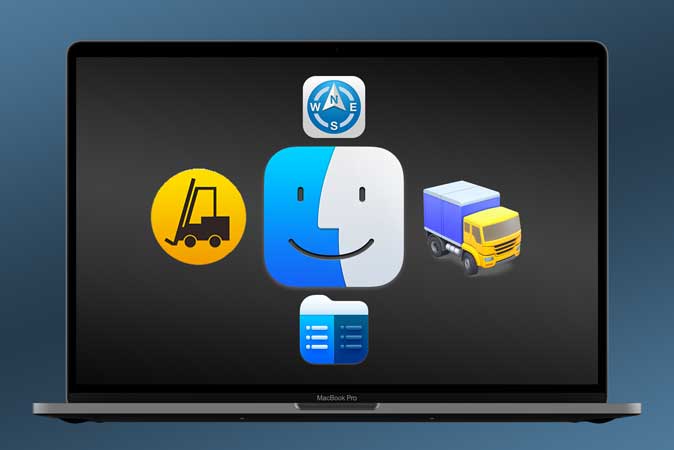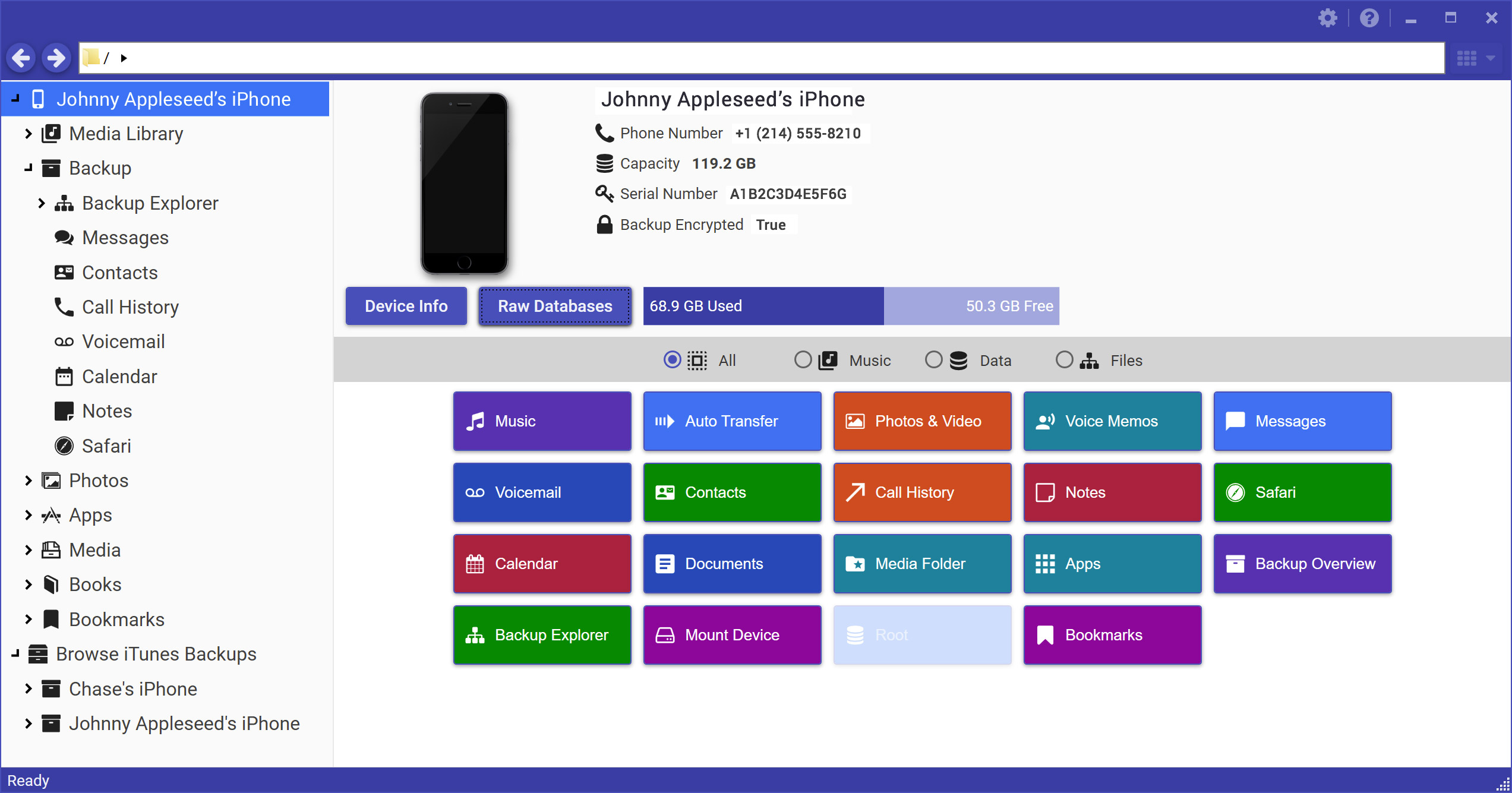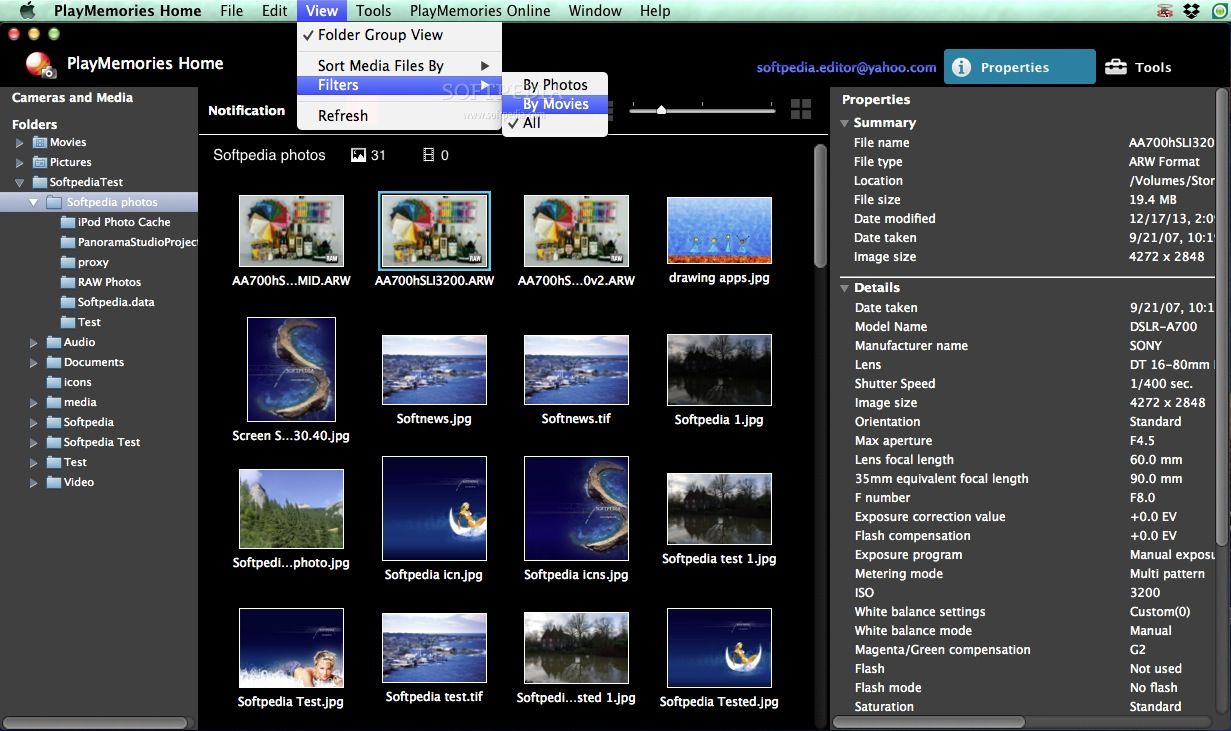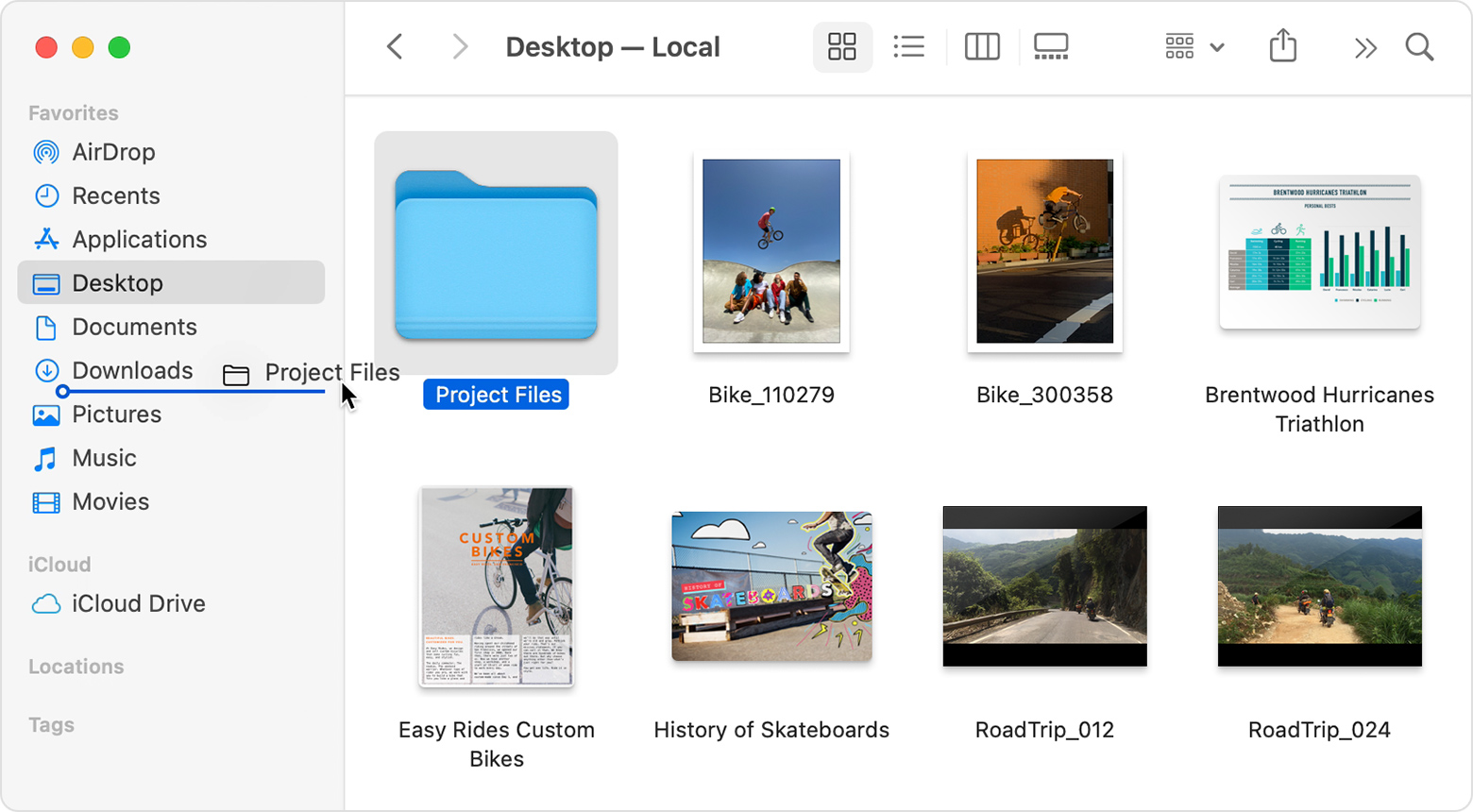Select File from the menu bar. Choose Load file system from device. Click Autodetect to load the connected hard drive. Choose the files & folders you want to view in the HFS+ drive. Click Extract in the graphical window. Select a folder as the destination. Expand the folder to read Mac drive files on a Windows 10 PC. Download Free Download Manager for free. Using this free download manager and accelerator, you can download files and complete web sites up to 6 times faster than before. Also we plan to port it to Linux and Mac OS. Manage your iPhone. Get a trusted software to transfer and save your music, messages, files and data. Safely back up any iPhone, iPad or iPod touch. Powerful and user-friendly, iMazing is simply the best iOS device manager for Mac and PC. Get full control over your iOS device.
- Best Mac File Manager
- File Management In Mac
- Mac Os File Manager Free Download
- Mac File Management Software
By Adela D. Louie, Last updated: April 24, 2020
Mac has its very own file manager and that is what we called Finder. However, there are still some Mac users who are completely satisfied with what the Finder can do. That is why they are resulting to have another file manager for their files and other data. That is the reason why in this article, we are going to show you FOUR top best file managers for Mac.
File managers are made for you to be able to enhance the performance of your Mac. And having disorganized files or those large and old files that you have on your Mac does not only makes your Mac run slow but it has also a negative effect when it comes to the efficiency of your Mac. That is why having the best file manager for your Mac will be able to help you in removing all the junk files and organize your Mac files and of course, for you to speed up the performance of your Mac.
Here are 4 top best file managers that you can have in case that you would want to replace your Finder.
#1. Top Best File Manager for Mac - FoneDog PowerMyMac
There is one new best file manager that you can have on your Mac in 2020. This file manager is actually very easy and simple to use for you to be able to organize all the files that you have on your Mac and also shred those that you no longer need. The application that we are talking about is no other than the FoneDog PowerMyMac. With the FoneDog PowerMyMac, you will be able to do anything that you want all in one application that other Mac application cannot do.
Now for you to be able to know on how the File Manager feature of the FoneDog PowerMyMac works, go ahead and check out the guide below.
NOTE: The FoneDog PowerMyMac can work in two ways. One is that it can be a file viewer and the other one is that it can become as a file crasher.
Option #1: File Viewer – FoneDog PowerMyMac
Step 1: Download and Install
First off is that you have to download the FoneDog PowerMyMac from our official website. And then after that, have the application installed on your Mac.
Step 2: Launch PowerMyMac
Once that you have completely installed the FoneDog PowerMyMac, then go ahead and launch the program. As you can see on the main interface of the program, you will be able to see three options at the top of the window screen. The “Status”, the “Cleaner”, and the “Toolkit”. If you are going click on the “Status” option, you will be able to see on your screen the system status of your Mac.
Step 3: Choose The Module
After launching the FoneDog PowerMyMac and checking your system status, all you have to do is to click on the “Toolkit” option. From there, the FoneDog PowerMyMac will then show you a list of actions that you can do. From that list, go ahead and click on the FileManager module.
Step 4: Select the View Files

After that, go ahead and enter the FileManager. Once that you are in, you will be able to see two options on your screen. The “View Files” and the “Crush File” options. From there, go ahead and choose on “View Files.
Step 5: Drag Some File to View

After that, go ahead and drag a certain file from your Mac that you would wish to see its detail. As you can see, the file name will be located on the left side of your screen and the detail information of the file will be shown on the right side of your screen. This includes the path of the file, the size, and the time that you have created it and as well as the last time modification had taken place.
NOTE: You can just go ahead and continue on dragging and dropping files for you to be able to view the details of the rest of the files that you have. This way, it will be easier for you to view them rather than going back to the original page.
Option #2: Crush File
As what we have mentioned earlier, it also comes with the “Crush File” tool. For you to be able to get rid of the files that you want, let us continue with the guide.
Step 6: Select the Crush File Option
If you want to try this feature, all you have to do is to click on the arrow icon for you to be able to go back on the homepage of the FileManager module. From there, go ahead and choose “Crush File”.
Step 7: Drag the File You Want to Crush
After that, go ahead and drag and drop the file that you would want to remove from your Mac. Here, you will be needing to drag the file to the screen.
NOTE: Make sure that the file that you are going to put in this section is the one that you no longer need. This is because once that you have crashed the file, you will not be able to recover it anymore.
Step 8: Shred the File You No Longer Need
After choosing the file that you want to delete, go ahead and confirm the action and then click on the “Crush” button located at the right side of your screen. And then once that the process is complete, you will be able to see a message that says “Shred Success”.
People Also ReadHow to Completely Uninstall Apps on Mac?How to Speed Up Your Mac?
#2. Top Best File Manager for Mac - Commander One
After that the Finder’s very smooth interface, the Commander One may seem a bit cluttered on first look. This is because of the dual-pane view and all the active toolbars and button that this application has. That is why what you need to do is to turn off all the elements that you actually do not need. You can do this by click on the “View” menu for you to have a better visual experience.
If you are going to look for the File menu, then you will be able to notice that the Command One actually supports and the basic functionality that the Finder. You will be able to preview any files, have them duplicated, getting them moved, making shortcuts and a lot more. And once that you hold down on the “Option” key, then you will be able to view some more functions. Same thing that you do with the Finder application on your Mac.
And if in case that you forget your basic functions, then you do not have to worry. All you have to do is to is have a quick glance at the bottom of the window and you will be able to find them there. You can also have a custom hotkey from the application’s preferences. And because of its added functions, it actually makes your work a lot easier.
#3. Top Best File Manager for Mac - Path Finder
The PathFinder comes with a lot of options. Now, you are one of those people who are actually a casual user, then you might end up on uninstalling the application instead of trying all its functionalities. So why don’t you sit back and relax and try out the application’s feature?
If you are going to look at the sidebar of the application, it is a little bit the same with the Finder application that you have on your Mac. The difference is that it actually has a handy search preset such as “Today”, “Yesterday”, “All PDF Documents” “All Movies”, and “All Images”. You will also have multiple sidebars and that you can easily switch them by simply using the gear icon located at the bottom left of your sidebar.
Another feature that you will see on its sidebar is the drop stack. This feature actually makes your bulk operations a lot easier. All you have to do is to click on the bullseye icon of your sidebar for you to be able to see this feature. And then after that, go ahead and drag and drop the files from different locations in the drop stack and then you can have those files moved, copied or compress all at the same time.
Another feature of the Path Finder is that you have the ability to launch on the Home folder and as well as the subfolder and its content from the Bookmarks bar. You can also drag and drop some files to this part so that you can make a bookmark to them.
You can also set up the panels that you want on the bottom shelf or on the right shelf to display them and have quick access to your choice.
#4. Top Best File Manager for Mac - ForkLift
The ForkLift file manager application is one of the most popular, just like the FTP. However, it is just a simple file manager with robust FTP support in it. This application also looks and does the same thing as your Finder application on your Mac but it has some extra features that come with it. An example of which is that you have the option to edit any text file from the preview column view. It also allows you to make a presets for your batch remaining files which really comes in handy.
In using the ForkLift, you will also be able to toggle the file visibility, track your queued file operations, compare your files, and a lot more which are all located at the toolbar of the application. It also comes with a built-in mechanism for you to be able to remove any last traces of any of your application that you have uninstalled from your Mac.
Its app delete also comes in place if you are going to press on the keys Command > Move to Trash. You can also do this by pressing the combination Cmd + Delete. An in using ForkLift application, you will also be able to browse on both your local and as well as your remote archives as a regular folder. However, for you to be able to do this, you must first enable the “Treat archives as folder” option from the application’s settings.
And if you are going to look for the ForkLift Mini icon from the main menu, and you will be able to mount your favorite remote server as your local drives for you to be able to access it easily.
And using the ForkLift application will also let you sync your folders, bookmarks location, be able to save your custom layouts, commit any changes to Git, and have your very own rules when it comes to transfers and a lot more. Basically, if you are looking for a certain clone of Finder, then this file manager is for you. However, the ForkLift comes with some extra more features that the Finder does not have.
As you can see, there are a lot of file managers that you can use as an alternative to your Finder on your Mac. All you have to do is to choose which one will actually best fit your needs. But as a great recommendation, you can go ahead and choose the FoneDog PowerMyMac instead because it is safer and simpler to use.
The Optimized Storage features of your Mac help you save storage space by storing your content in iCloud and making it available on demand:
- When storage space is needed, files, photos, movies, email attachments, and other files that you seldom use are stored in iCloud automatically.
- Each file stays right where you last saved it, and downloads when you open it.
- Files that you’ve used recently remain on your Mac, along with optimized versions of your photos.
If you haven't yet upgraded to macOS Sierra or later, learn about other ways to free up storage space.

Find out how much storage is available on your Mac
Choose Apple menu > About This Mac, then click Storage. Each segment of the bar is an estimate of the storage space used by a category of files. Move your pointer over each segment for more detail.
Click the Manage button to open the Storage Management window, pictured below.
Manage storage on your Mac
Best Mac File Manager
The Storage Management window offers recommendations for optimizing your storage. If some recommendations are already turned on, you will see fewer recommendations.
Store in iCloud
Click the Store in iCloud button, then choose from these options:
- Desktop and Documents. Store all files from these two locations in iCloud Drive. When storage space is needed, only the files you recently opened are kept on your Mac, so that you can easily work offline. Files stored only in iCloud show a download icon , which you can double-click to download the original file. Learn more about this feature.
- Photos. Store all original, full-resolution photos and videos in iCloud Photos. When storage space is needed, only space-saving (optimized) versions of photos are kept on your Mac. To download the original photo or video, just open it.
- Messages. Store all messages and attachments in iCloud. When storage space is needed, only the messages and attachments you recently opened are kept on your Mac. Learn more about Messages in iCloud.
Storing files in iCloud uses the storage space in your iCloud storage plan. If you reach or exceed your iCloud storage limit, you can either buy more iCloud storage or make more iCloud storage available. iCloud storage starts at 50GB for $0.99 (USD) a month, and you can purchase additional storage directly from your Apple device. Learn more about prices in your region.
File Management In Mac
Optimize Storage
Mac Os File Manager Free Download
Click the Optimize button to save space by automatically removing watched movies and TV shows. When storage space is needed, movies or TV shows that you purchased from Apple and already watched are removed from your Mac. Click the download icon next to a movie or TV show to download it again.
Your Mac will also save space by keeping only recent email attachments on this Mac when storage space is needed. You can manually download any attachments at any time by opening the email or attachment, or saving the attachment to your Mac.
Optimizing storage for movies, TV shows, and email attachments doesn't require iCloud storage space.

Empty Trash Automatically
Mac File Management Software
Empty Trash Automatically permanently deletes files that have been in the Trash for more than 30 days.
Reduce Clutter
Reduce Clutter helps you identify large files and files you might no longer need. Click the Review Files button, then choose any of the file categories in the sidebar, such as Applications, Documents, Music Creation, or Trash.
You can delete the files in some categories directly from this window. Other categories show the total storage space used by the files in each app. You can then open the app and decide whether to delete files from within it.
Learn how to redownload apps, music, movies, TV shows, and books.
Where to find the settings for each feature
The button for each recommendation in the Storage Management window affects one or more settings in other apps. You can also control those settings directly within each app.
- If you're using macOS Catalina or later, choose Apple menu > System Preferences, click Apple ID, then select iCloud in the sidebar: Store in iCloud turns on the Optimize Mac Storage setting on the right. To turn off iCloud Drive entirely, deselect iCloud Drive.
- If you're using macOS Mojave or earlier, choose Apple menu > System Preferences, click iCloud, then click Options next to iCloud Drive. Store in iCloud turns on the Desktop & Documents Folders and Optimize Mac Storage settings.
- In Photos, choose Photos > Preferences, then click iCloud. Store in iCloud selects iCloud Photos and Optimize Mac Storage.
- In Messages, choose Messages > Preferences, then click iMessage. Store in iCloud selects Enable Messages in iCloud.
- If you're using macOS Catalina or later, open the Apple TV app, choose TV > Preferences from the menu bar, then click Files. Optimize Storage selects “Automatically delete watched movies and TV shows.”
- In you're using macOS Mojave or earlier, open iTunes, choose iTunes > Preferences from the menu bar, then click Advanced. Optimize Storage selects “Automatically delete watched movies and TV shows.”
- In Mail, choose Mail > Preferences from the menu bar, then click Accounts. In the Account Information section on the right, Optimize Storage sets the Download Attachments menu to either Recent or None.
Empty Trash Automatically: From the Finder, choose Finder > Preferences, then click Advanced. Empty Trash Automatically selects “Remove items from the Trash after 30 days.”
Other ways that macOS helps automatically save space
With macOS Sierra or later, your Mac automatically takes these additional steps to save storage space:
- Detects duplicate downloads in Safari, keeping only the most recent version of the download
- Reminds you to delete used app installers
- Removes old fonts, languages, and dictionaries that aren't being used
- Clears caches, logs, and other unnecessary data when storage space is needed
How to free up storage space manually
Even without using the Optimized Storage features described in this article, you can take other steps to make more storage space available:
- Music, movies, and other media can use a lot of storage space. Learn how to delete music, movies, and TV shows from your device.
- Delete other files that you no longer need by moving them to the Trash, then emptying the Trash. The Downloads folder is good place to look for files that you might no longer need.
- Move files to an external storage device.
- Compress files.
- Delete unneeded email: In the Mail app, choose Mailbox > Erase Junk Mail. If you no longer need the email in your Trash mailbox, choose Mailbox > Erase Deleted Items.
Learn more
- The Storage pane of About This Mac is the best way to determine the amount of storage space available on your Mac. Disk Utility and other apps might show storage categories such as Not Mounted, VM, Recovery, Other Volumes, Other, Free, or Purgeable. Don't rely on these categories to understand how to free up storage space or how much storage space is available for your data.
- When you duplicate a file on an APFS-formatted volume, that file doesn't use additional storage space on the volume. Deleting a duplicate file frees up only the space required by any data you might have added to the duplicate. If you no longer need any copies of the file, you can recover all of the storage space by deleting both the duplicate and the original file.
- If you're using a pro app and Optimize Mac Storage, learn how to make sure that your projects are always on your Mac and able to access their files.